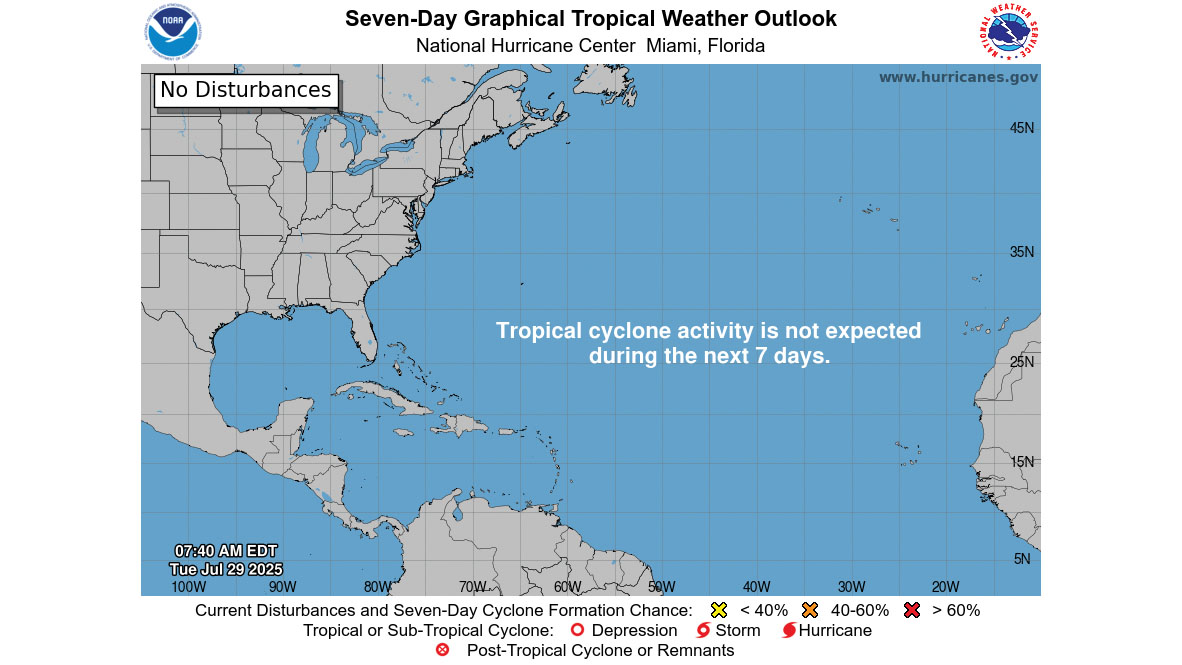This season is so very taxing
Published 12:30 pm Wednesday, April 15, 2015
So I’m paying bills one day when a son breezes by for a visit. “What ‘cha doing there, Mom?” he asks with a puzzled look.
I glance at the table, which is playing host to a scattering of checkbooks, stamps and other bill-paying paraphernalia. Isn’t it obvious?
Guess not for him, one of those online bill-payers. I’m a hold out, though. I refuse to enter the paperless world gracefully. I still like tapping a stack of mail into uniformity on the edge of a desk. I like sorting piles of 8x11s. And on a day like today I must confess that I even like the crispness of a blank 1040. That makes me part of the less than ten percent of Americans who still fill out their income tax forms by hand. Call me a dinosaur.
Trending
In 2015, we dinosaurs are getting rarer, but not rare enough, in the view of tax officials, who want to gently shove me and the other pencil-and-paper-loving taxpayers into the electronic age. And maybe that wouldn’t be so bad, because even though I may like the feel of a 1040, it doesn’t mean I like completing them. That form and an assortment of others combine to make tax season (season, as if having April 15 all to itself isn’t enough for the IRS) hang over my head like a black cloud. And that’s why filers like my children who email theirs before February make me wonder: maybe it’s time to embrace change.
Who knows? Electronic filing might be able to help me figure some questions that have been nagging me for years. For example, when it comes to depreciation, what’s better – the Modified Accelerated Cost Recovery System or the Straight Line Method (S/L)? (If you’re wondering what the difference between the two is, the official answer is: IDK.)
And while we regular citizens may need a master’s degree in accounting to figure our taxes, it seems that those who spend our tax dollars aren’t even required to use basic common sense. Among the 2014 pork barrel projects highlighted in a Wastebook report by retiring Senator Tom Coburn were these jewels:
• The National Institutes of Health’s $387,000 Swedish massages for rabbits program,
• $1.97 million for a Facebook page and public relations for fossil enthusiasts,
• NASA’s International Space Station $3 billion budget, used to conduct studies liked one proposed by elementary students on the design of better golf clubs,
Trending
• A $10,000 expenditure for people to watch grass grow in New Smyrna Beach, Florida, and
• $200,000 spent determining “why Wikipedia is sexist.”
But one of the most disturbing misuse of funds was the $528.4 million in grants received by Planned Parenthood, an organization that openly admits responsibility for performing 327,653 abortions in its fiscal year 2014. While the federal government is prohibited from paying directly for abortions, federal funds do pay for Planned Parenthood operations, including the clinics where abortions are performed.
According to CNSNews.com, Planned Parenthood’s reported numbers work out to an average of 37 abortions per hour or nearly one every 90 seconds.
In light of such statistics, the push to go paperless pales. It’s this other push – the national one to go moral-less – that demands attention. I wonder if way back in 1913 the guys who passed the Sixteenth Amendment (which allows Congress to levy an income tax) could have envisioned it: an America that would actually help put its own future taxpayers to death.
At least there’s some encouraging news on the horizon. In March, Arkansas lawmakers voted to cut off public funding to abortion businesses like Planned Parenthood and organizations that refer women to abortion providers. Let’s pray the tide will turn in Washington.
Until then, here’s number one on my list of itemized objections this April 15: the government using my tax dollars to fund abortions, even in a round-about way. Think I should pencil it in?
Wesson resident Kim Henderson is a freelance writer who writes for The Daily Leader. Contact her at kimhenderson319@gmail.com.





